If you thought Earth’s beauty was limited to gardens, villages, deserts, and forests, you’ve underestimated its magic. Our planet is a wondrous place, constantly surprising us with natural wonders beyond imagination. Today, we’re exploring twelve stunning natural swimming holes from around the world.
1. Hinatuan Enchanted River, Philippines
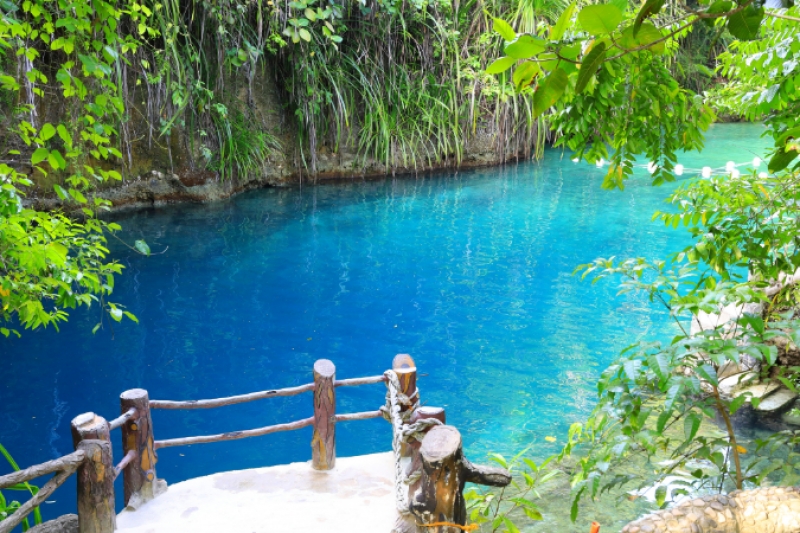
Image credit: Erico Bardo via Canva Pro
Discovered relatively recently, the Hinatuan Enchanted River remains a mystery. Its crystal-clear waters, which flow into the Philippine Sea, have no apparent source.
Located on the island of Mindanao, the river’s unfathomable depths create a striking contrast with the shallow areas where tourists swim. While swimming in the main pool has been banned since 2017, there is still a designated swimming area for tourists to take a dip. Adding to the enchantment, the “Hymn of Hinatuan” is played at 3pm, signalling the feeding time for a massive school of fish whose origins are equally mysterious. The caretaker rings a bell, inviting tourists to exit the water to allow the fish to feed undisturbed.
2. To Sua Ocean Trench, Samoa
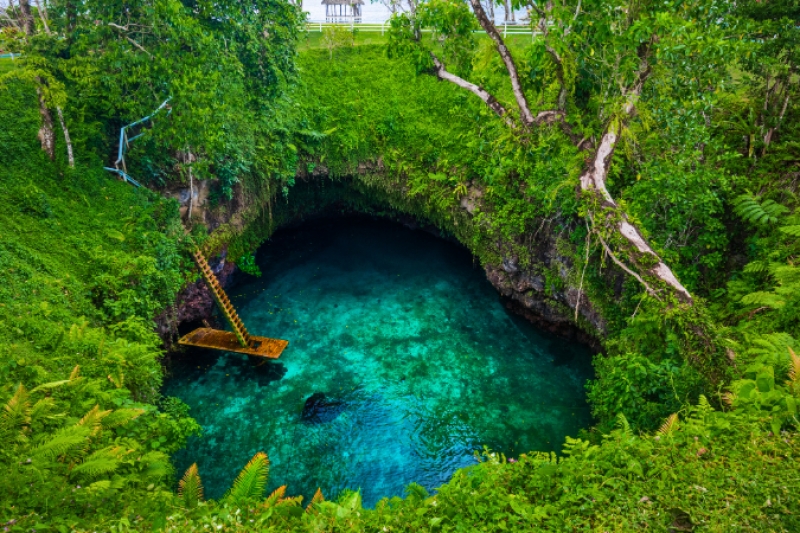
Image credit: mvaligursky via Canva Pro
Literally translated as “big swimming hole,” To Sua Ocean Trench on Upolu Island is a popular swimming spot. Its origins are shrouded in mystery, but many believe it was formed by a volcanic eruption that caused the ground to collapse 30 metres deep.
To reach the azure blue waters, visitors must descend a 98-foot ladder. For adventurous divers, an underwater cave near To Sua offers access to the South Pacific Ocean through a network of underground tunnels.
Also Read: Desert Getaways Around the World for The Tough Traveller
3. Kuang Si Falls, Laos
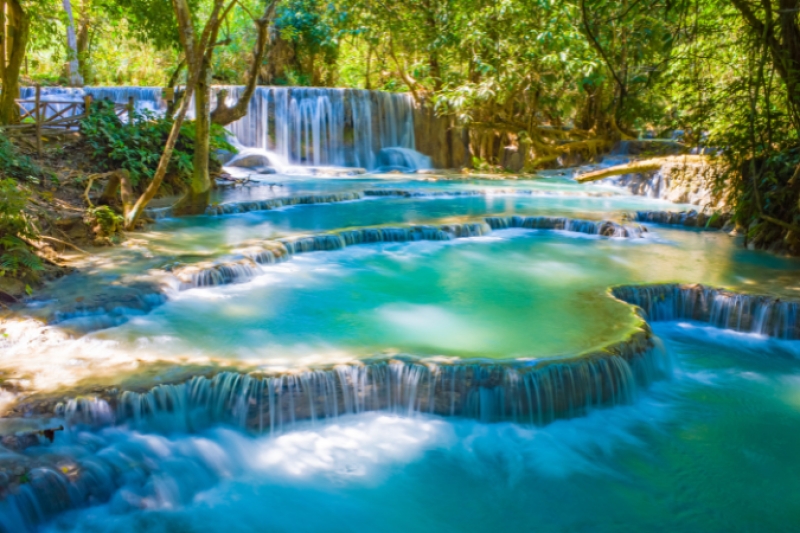
Image credit: iFerol via Canva Pro
Kuang Si Falls, Luang Prabang‘s largest waterfall, is a stunning three-tiered cascade culminating in a 50-metre drop into serene turquoise pools. The cascading pools, up to five metres high, offer refreshing, cool water.
Visitors can follow trails and walkways to explore the upper tiers, where additional natural pools and dramatic waterfalls are waiting to be discovered.
4. Grotta della Poesia, Italy
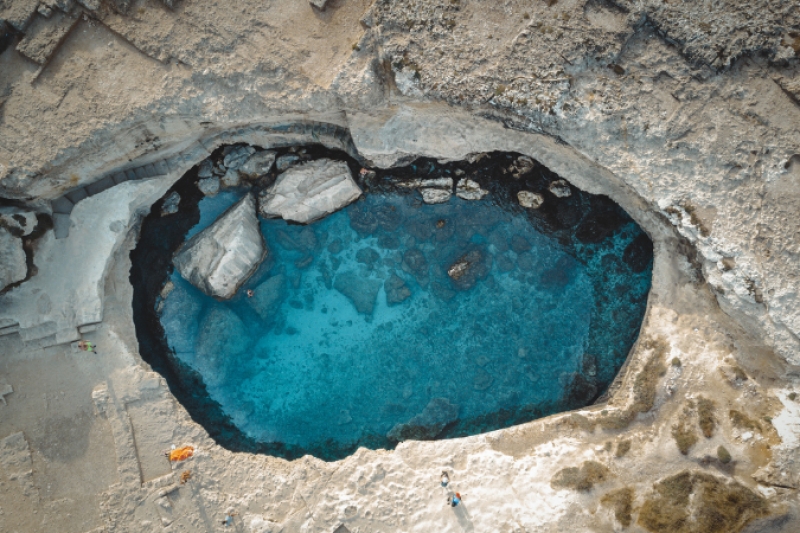
Image credit: andriy romagnoli via Canva Pro
Grotta della Poesia, or the Caves of Poetry, is said to have been the beloved swimming spot of an ancient princess. Its idyllic pools inspired poets, lending the site its poetic name. This unique limestone pool, formed by the collapse of an underground cavern, boasts crystal-clear blue waters in its cenote-like structure.
5. Ik Kil Cenote, Mexico

Image credit: SCStock via Canva Pro
The Ik Kil Cenote, a site with deep Mayan roots, was once used by royalty for religious rituals, including human sacrifices to their rain god. Despite its dark past, the cenote now exudes a magical charm. Sunlight filtering through hanging vines and waterfalls creates mesmerizing rainbows, transforming the site into a paradise-like setting.
To reach the pool at the bottom of the 130-foot-deep cenote, visitors must descend a stairway. The water level is approximately 85 feet below ground level.
6. Pamukkale Hot Springs, Turkey
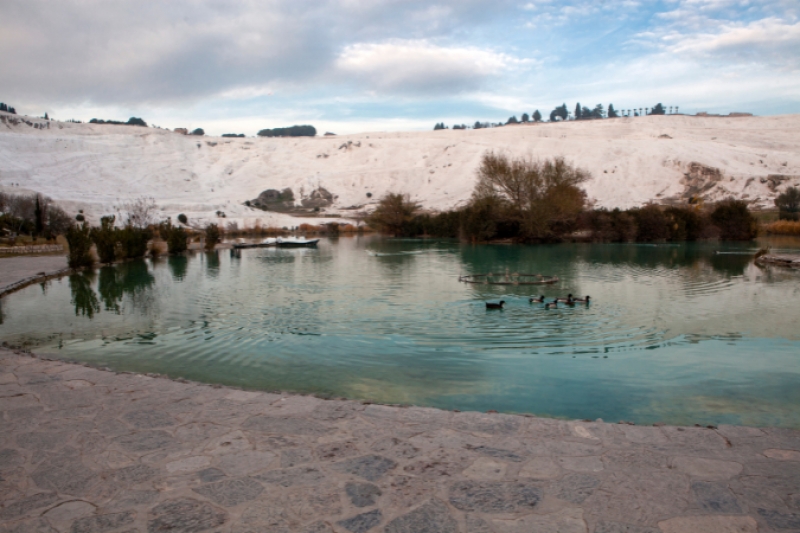
Image credit: MagMos via Canva Pro
Pamukkale, which translates to “cotton castle,” is a breathtaking natural wonder featuring cascading hot water pools that form terraced travertines. The site’s fluffy, white appearance lives up to its name. While the hot springs can be enjoyed year-round, winter offers an enjoyable experience, as the warm pools provide a welcome contrast to the cold weather.
7. Devil’s Pool, Victoria Falls, Zambia
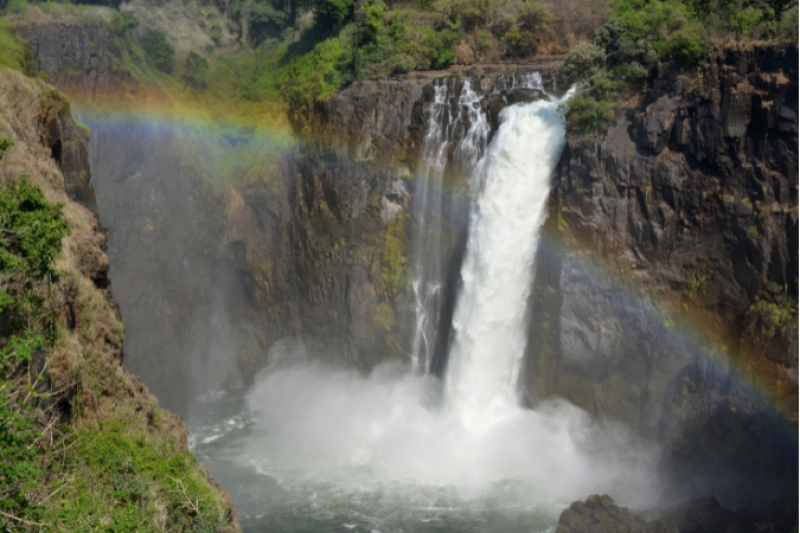
Image credit: andyKRAKOVSKI via Canva Pro
Devil’s Pool, the world’s largest waterfall, stands at a staggering 354 feet. Despite its immense power, hundreds of adventurous swimmers are drawn to its edge, where a naturally formed pool offers a unique swimming experience. During the dry season (Sep to Dec), the water flow decreases, revealing a natural rock barrier that acts as a safety net, preventing swimmers from being swept away by the powerful Zambezi River.
8. Poco Azul, Brazil
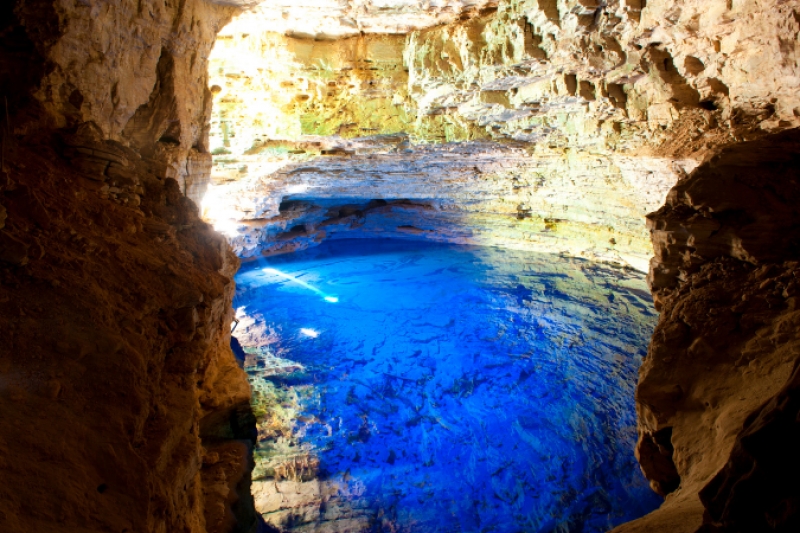
Image credit: vtupinamba via Canva Pro
Despite its name, which translates to “little blue pool,” Poco Azul offers moments of extraordinary clarity, creating the illusion of floating on air. To experience this magic, it’s best to visit during the sunny hours between 12pm and 3pm. Avoid visiting on cloudy days or outside of these peak hours.
9. Havasu Falls, Arizona
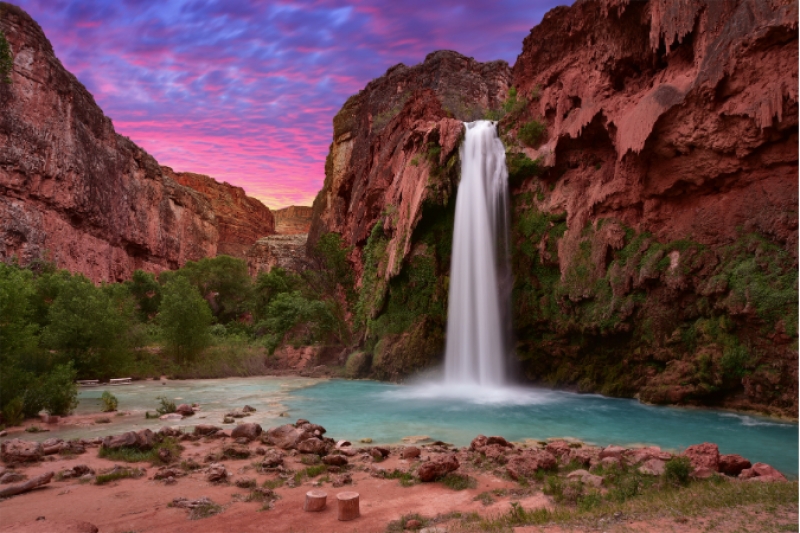
Image credit: LaserLens via Canva Pro
Havasu Falls, nestled within Grand Canyon National Park, is a breathtaking sight with its cascading blue, green, and red waters. The main chute plunges 100 feet over a vertical cliff. While securing reservations can be challenging, the paradise-like falls rewards those who plan and are willing to embark on hikes of up to 8 miles or more.
10. Jellyfish Lake, Palau
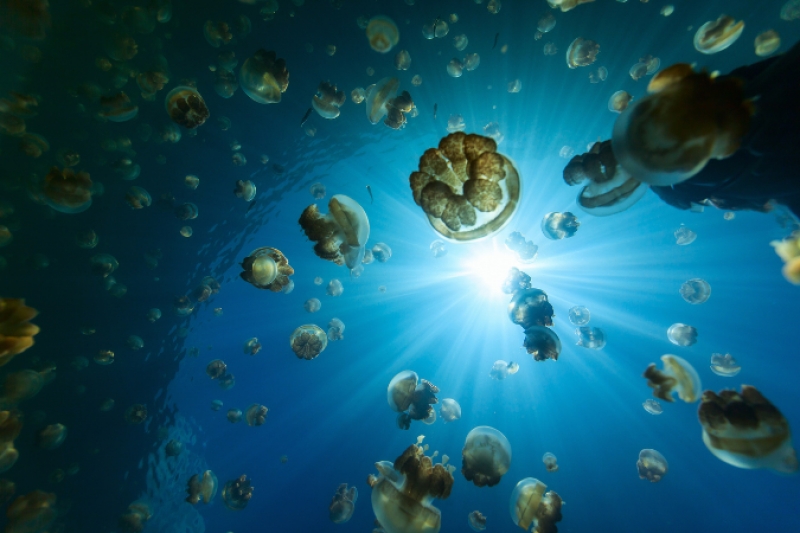
Image credit: blueorangestudio via Canva Pro
One of the 70 saltwater lakes in the South Pacific archipelago, Jellyfish Lake, is a unique marine ecosystem teeming with jellyfish. Once connected to the ocean, the lake now provides a safe haven for these creatures, which have evolved to rely on algae for sustenance and are free from predators. Swimming in the lake is generally safe, as the jellyfish have weak stingers that pose little threat to humans. However, scuba diving is strongly discouraged. Not only can it disrupt the delicate ecosystem, it also poses a risk due to a toxic layer of hydrogen sulfide at depths of 15 to 20 meters.
Also Read: 15 Shots that Tourists Should Stop Taking Already
11. The Silfra Fissure, Iceland
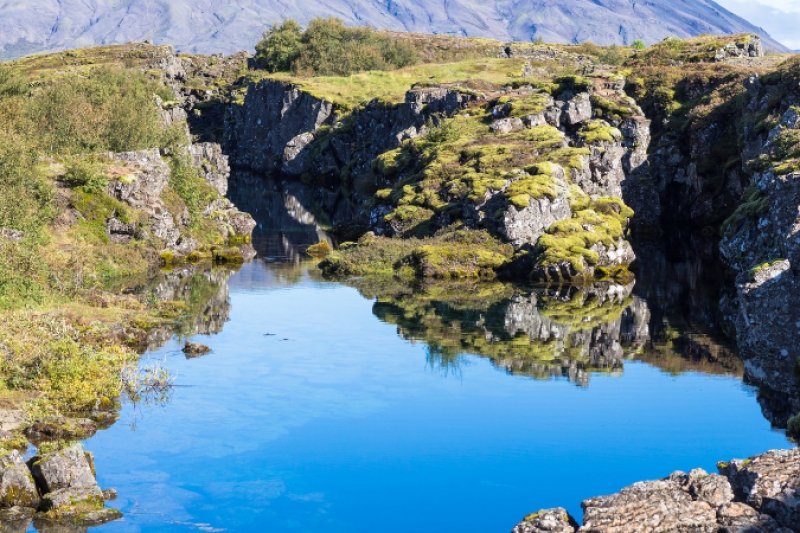
Image credit: vvoevale via Canva Pro
11. The Fairy Pools, Scotland
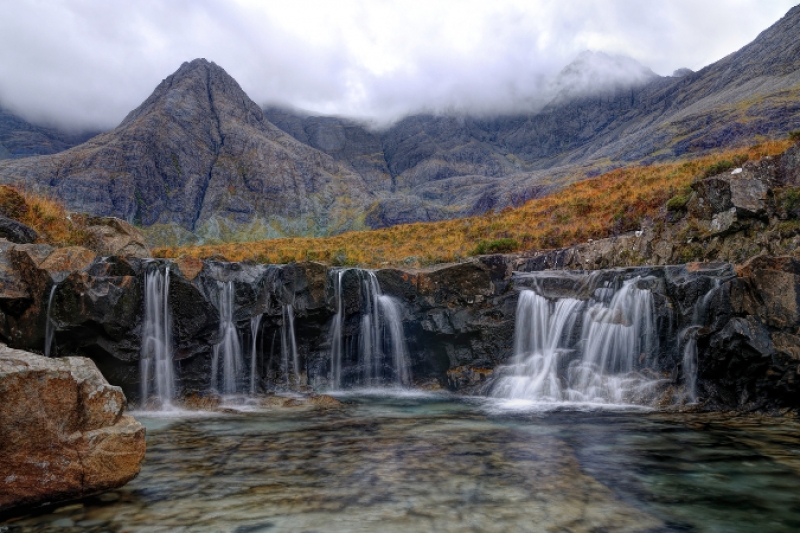
Image credit: Severas via Canva Pro
Leaving out THE Fairy Pools in Scotland when talking about magical swimming holes around the world would indeed be a shame! Nestled on the Isle of Skye, these crystal-clear pools, fed by cascading waterfalls, have a mythical beauty that makes you feel like you’ve stepped into another world. Despite the chilly waters, these pools are a favourite among wild swimmers seeking an unforgettable experience. On a sunny day, the pools sparkle with an almost otherworldly glow—just be sure to bring a wetsuit if you want to enjoy it comfortably!
Now it’s your turn! Hit us up with a photo of a magical swimming hole you’ve taken a plunge into that deserves a mention.




